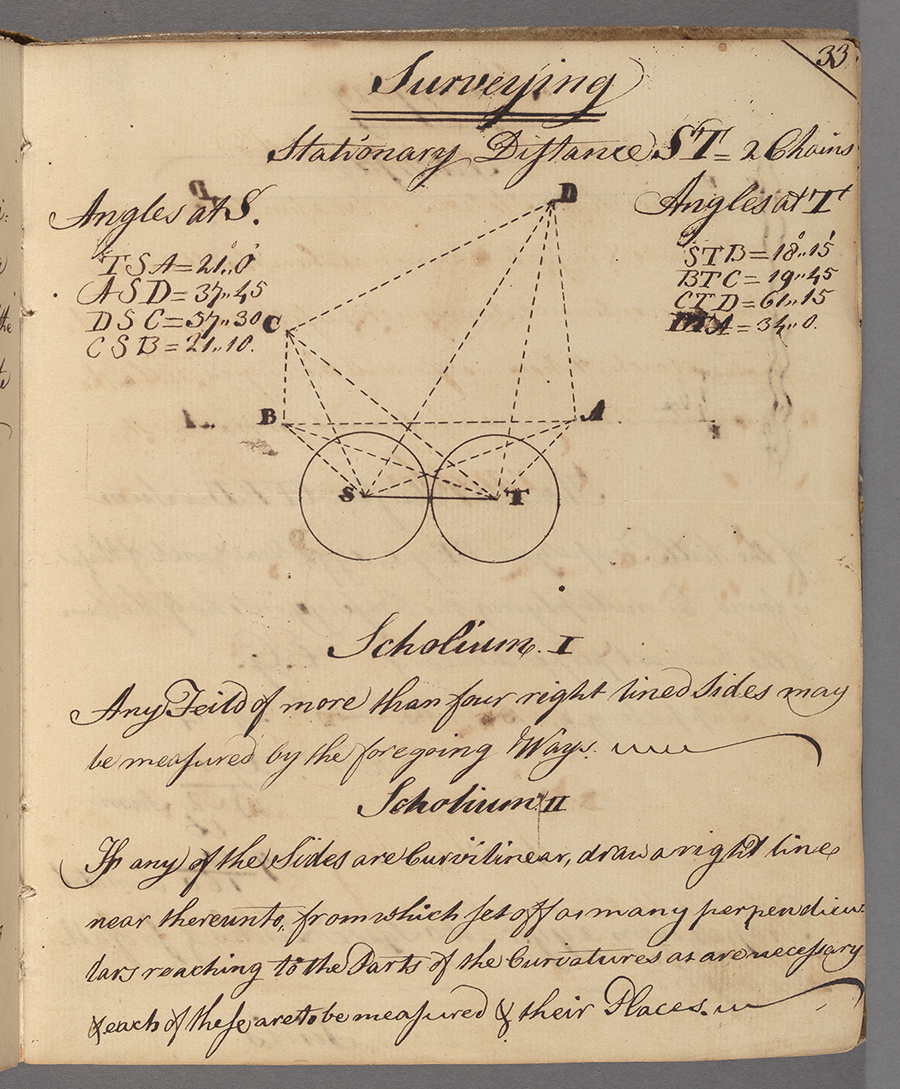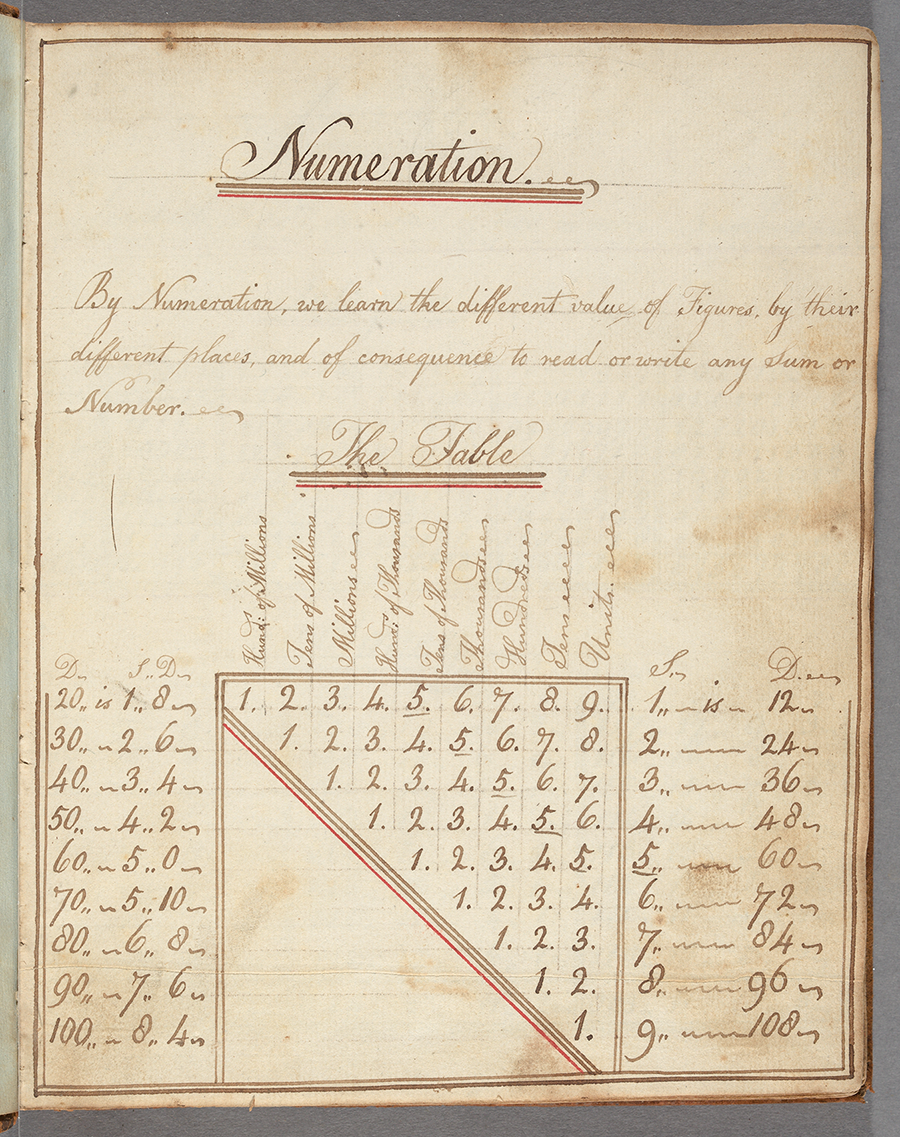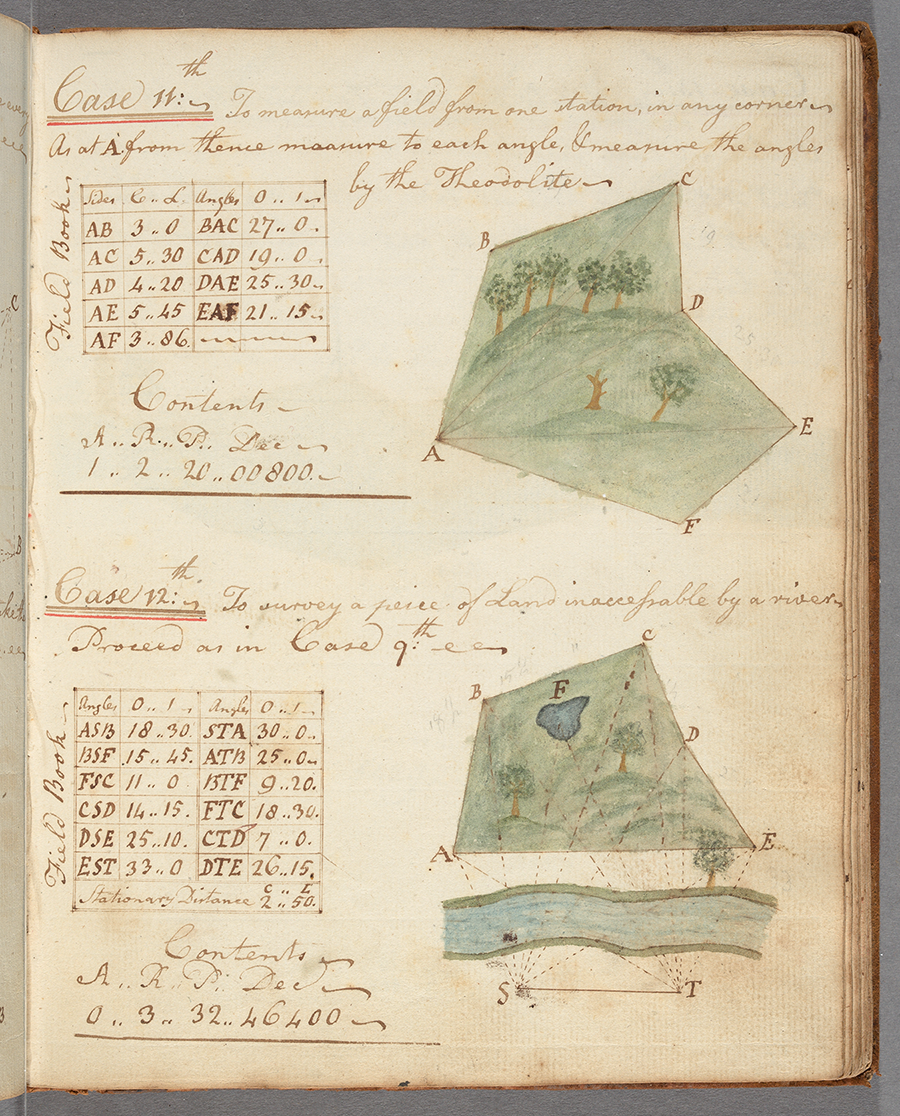- About MAA
- Membership
- MAA Publications
- Periodicals
- Blogs
- MAA Book Series
- MAA Press (an imprint of the AMS)
- MAA Notes
- MAA Reviews
- Mathematical Communication
- Information for Libraries
- Author Resources
- Advertise with MAA
- Meetings
- Competitions
- Programs
- Communities
- MAA Sections
- SIGMAA
- MAA Connect
- Students
- MAA Awards
- Awards Booklets
- Writing Awards
- Teaching Awards
- Service Awards
- Research Awards
- Lecture Awards
- Putnam Competition Individual and Team Winners
- D. E. Shaw Group AMC 8 Awards & Certificates
- Maryam Mirzakhani AMC 10 A Awards & Certificates
- Two Sigma AMC 10 B Awards & Certificates
- Jane Street AMC 12 A Awards & Certificates
- Akamai AMC 12 B Awards & Certificates
- High School Teachers
- News
You are here
Mathematical Treasures: 18th-Century U.S. College Mathematics
Harvard University, founded in 1636 as Harvard College, is the oldest university in the United States. Originally conceived as a seminary for Congregationalist and Unitarian Church ministers, during the 18th century its curriculum was gradually secularized to meet the varied needs of a developing country. The following images provide insights as to the content and emphasis of mathematics instruction. The “copy book” method of instruction, whereby the professor lectured and the students copied the lessons in their own notebooks for later refinement and study, was still very much in vogue. Excerpts from the notebooks of two students allow us to view the type and format of mathematics instruction.
William Winthrop (1753-1825) compiled a notebook on "Practical Geometry" sometime between 1769 and 1774. For more information about William Winthrop, see the "Historical Note" accompanying the Harvard University Library's William Winthrop Collection, where you can see the entire notebook and additional manuscripts.

Winthrop's Notebook Concerning Mathematical Equations starts with some simple geometric constructions.

By page 22, techniques of surveying are considered, specifically the division of a line into equal parts.

Page 33 demonstrates the technique of land surveying employing two sighting stations.

Page 44 involves the practice of dialing, mathematically designing a sun dial, which appears out of place as the use of mechanical clocks was well established by this time.
Joshua Green (1764-1847), who later went on to study medicine, compiled a Mathematics Notebook for the year 1782. For more information about Joshua Green, see the "Historical Note" accompanying the Harvard University Library's Drawings by Joshua Green Collection, featuring Green's drawings of the Harvard College campus.

The first page of Green's book contains a discussion of “Numeration” similar to what one would find in a 15th or 16th century arithmetic text.

Later in the Notebook are mathematical demonstrations of various land surveying situations. Case 11 discusses the plane survey of an irregularly shaped polygon and Case 12 shows how to survey across a physical barrier, in this instance, a river.
The images above were obtained through the cooperation of The Houghton Library, Harvard University, Cambridge, Massachusetts.
Frank J. Swetz (The Pennsylvania State University), "Mathematical Treasures: 18th-Century U.S. College Mathematics," Convergence (January 2016)




